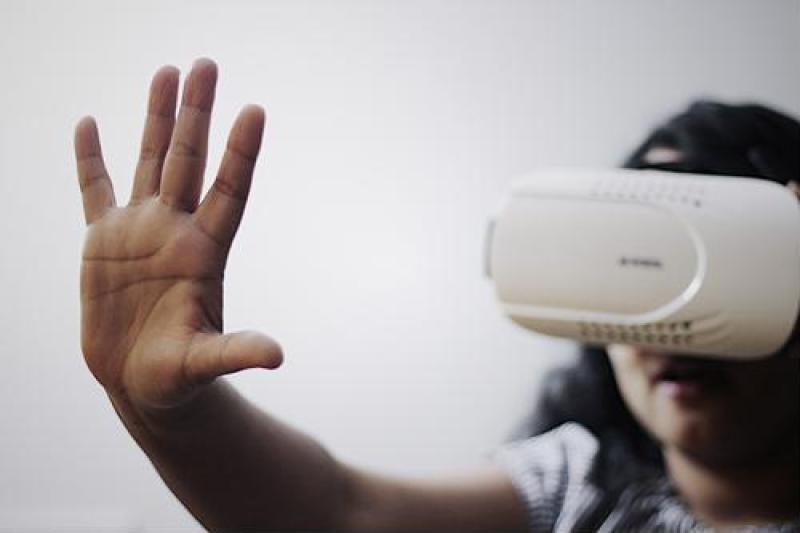
Article
Should you add VR to your multichannel marketing strategy?
Virtual reality is more than a new way to play video games. In the world of healthcare, VR represents a powerful tool that can help physicians train for new procedures and visualize diseases in a previously impossible environment.
From a marketer's perspective, VR is a channel that can serve unique content to an engaged user audience.
VR as a marketing tool
In a media landscape populated by tried-and-true communication platforms, VR is still a novel experience for many people. In 2017, there were fewer than 10 million monthly VR users in the U.S., as reported by Variety. However, researchers estimate that number to increase to 17 million in 2019.
For a majority of users, VR is still very much an entertainment platform. Like print and video before, marketers can utilize this emerging technology to engage an audience that may have grown bored with traditional campaigns.
In fact, PM360 reported that marketers can leverage game design and structure to craft marketing narratives that hold the user's attention. Compared with other mediums, VR can create more impactful emotional experiences, triggering empathetic responses and increasing engagement. Some VR campaigns have already gone so far as to simulate for the user what it would be like to live with a particular disease, helping them to better understand the patient's perspective.
3 general considerations for effective VR use
Though it's been around for a few years as a consumer product, VR is still a fledgling technology and it's evolving every day. For many buyers, VR content is a novel experience, a new way of learning about products and services. However, marketers should not rest on the novelty of the technology - to truly stand out, marketers must leverage the VR channel to provide buyers with actionable insights and powerful messaging.
1. Pay attention to branding
As with any form of marketing collateral, stakeholders must remain firm within their brand guidelines. According to research from Accenture, consumers feel frustrated when they have inconsistent experiences with a brand across multiple channels.
A multichannel campaign for a new pharmaceutical product should use consistent brand colors, imagery and tone of voice. For example, if advertisements in the print channel convey a sense of freedom and happiness through static imagery, then the VR experience should attempt to convey a similar emotional appeal.
2. Make the user experience special
What makes VR special is the technology's ability to fully immerse the user in another world. In the world of entertainment, VR-based video games can transport players into fantastic realms where they can interact with objects, characters and environments in a manner that mimics reality.
Some pharmaceutical companies have already leveraged VR to take users inside the human body and into the bloodstream where they can see firsthand a drug's biochemical mechanisms in action, as if they were the adventurers in "Fantastic Voyage". This type of outside-the-box thinking creates a truly memorable experience for users.
3. Consider educational content
VR can be more than a marketing tool - it can also serve as an educational instrument that provides users with first-hand experience without the risk of harm to an actual patient. Some medical schools have already used VR to supplement physician training. Likewise, established HCPs can practice a new procedure in VR prior to seeing a patient. Marketers can leverage this capability to show HCPs how to use a new product or service.
Whether you are ready to incorporate VR into your strategy or not, Elsevier can support your multichannel marketing efforts in a number of ways, from medical journal cover wraps to digital display ads. To learn more, contact a trusted Elsevier consultant today.


